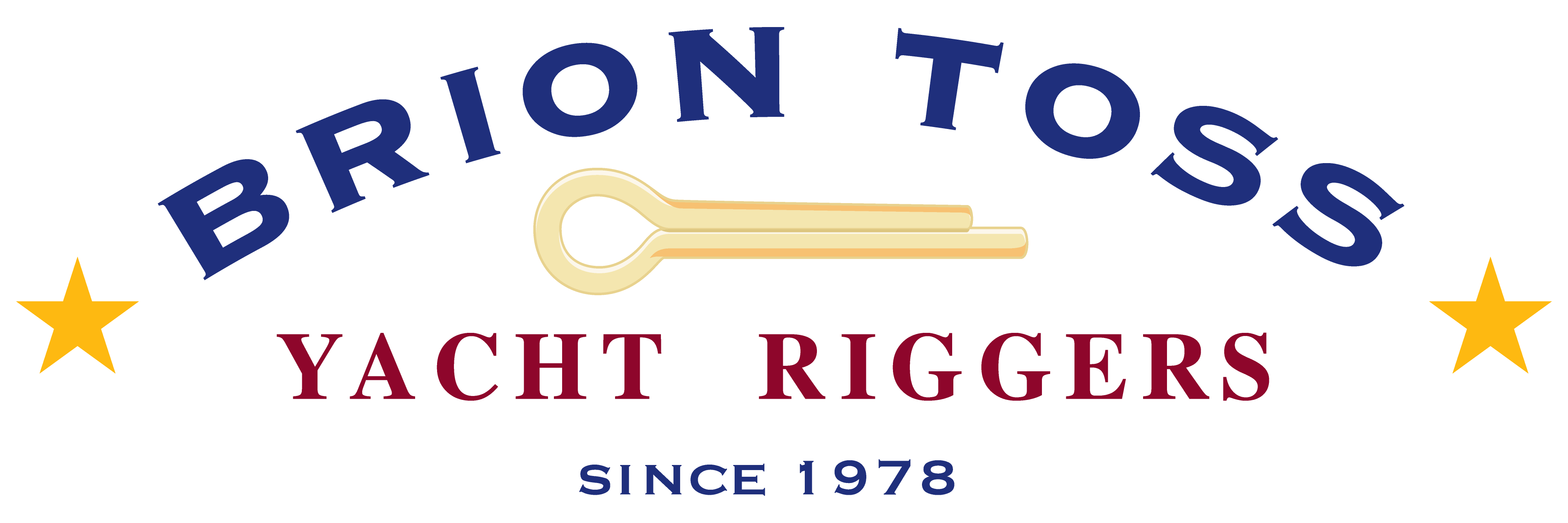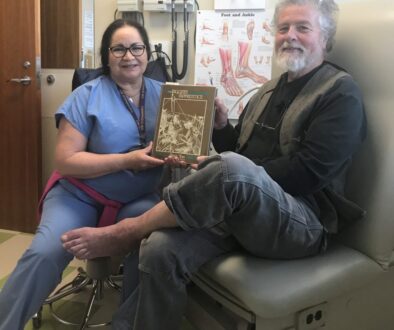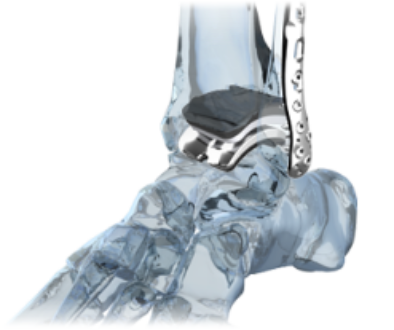Purchase
A typical CT scanner weighs 4,400lbs and costs about $450/lb. It is a huge, glossy donut sculpture, with the hole being just big enough to allow the passage of a human being, lying flat on a special table that slides on rails. The whole thing looks like a prop for some ridiculously overproduced magic trick, but it is in fact a magical camera. It cannot see into your soul, but it can certainly pick up some adjacent, nearly-as-hard-to-detect details.
The problem faced by ankle surgeons is that bone alignment shifts markedly when weight is applied. So while you can get wonderfully clear pictures, from all angles when the patient is lying on the table, you can’t use those pictures to determine how all the parts of a repaired joint will fit together after surgery. You can end up with a joint that won’t quite articulate, or one that is longer or shorter than it is supposed to be.
An obvious solution is to turn the donut on its side, with the patient lifted on a little pedestal in the middle, like Venus Rising from the Sea Tee. This is actually in the works for the Clinic, but meanwhile they have been making do with an ingenious,wonderfully low-tech assembly involving sailboat rigging.
They place a plexiglass “sled” on the bed. It is in two pieces, with rails connecting them so you can adjust the length. There is a vertical footboard at one end, and a low transverse stop or fiddle at the other. The patient sits on the sled, straight-legged, with feet planted square against the footboard, and takes hold of a small-boat trapeze handle, held to the footboard end with actual rope. The tech then takes up on two block-and-tackles, made up with ratchet/cam blocks, mounted low on either side, to draw the two sections together. This pushes the patient back, but their travel is arrested by the butt fiddle. The tech continues to haul away, balancing the two purchases, until a couple of Edwardian-looking brass cylindrical scales, in line with the blocks, show that the equivalent of the patient’s standing weight is pressing evenly against the footboard (assuming that weight can be borne).Then the tech fires up the stupendous computers, gets the table under way into the donut, and takes the pictures.
It is fair to say that the marlingspike work is not up to Bristol standards, and that the cordage is very much from the Home Depot end of the spectrum, but it is delightful that this gazillion-dollar pile of x-rays and algorithms could be informed by the efforts of a human being whose actions and hardware are nearly identical to those of someone taking up smartly on a main sheet. Can’t wait to hear the shanty.


